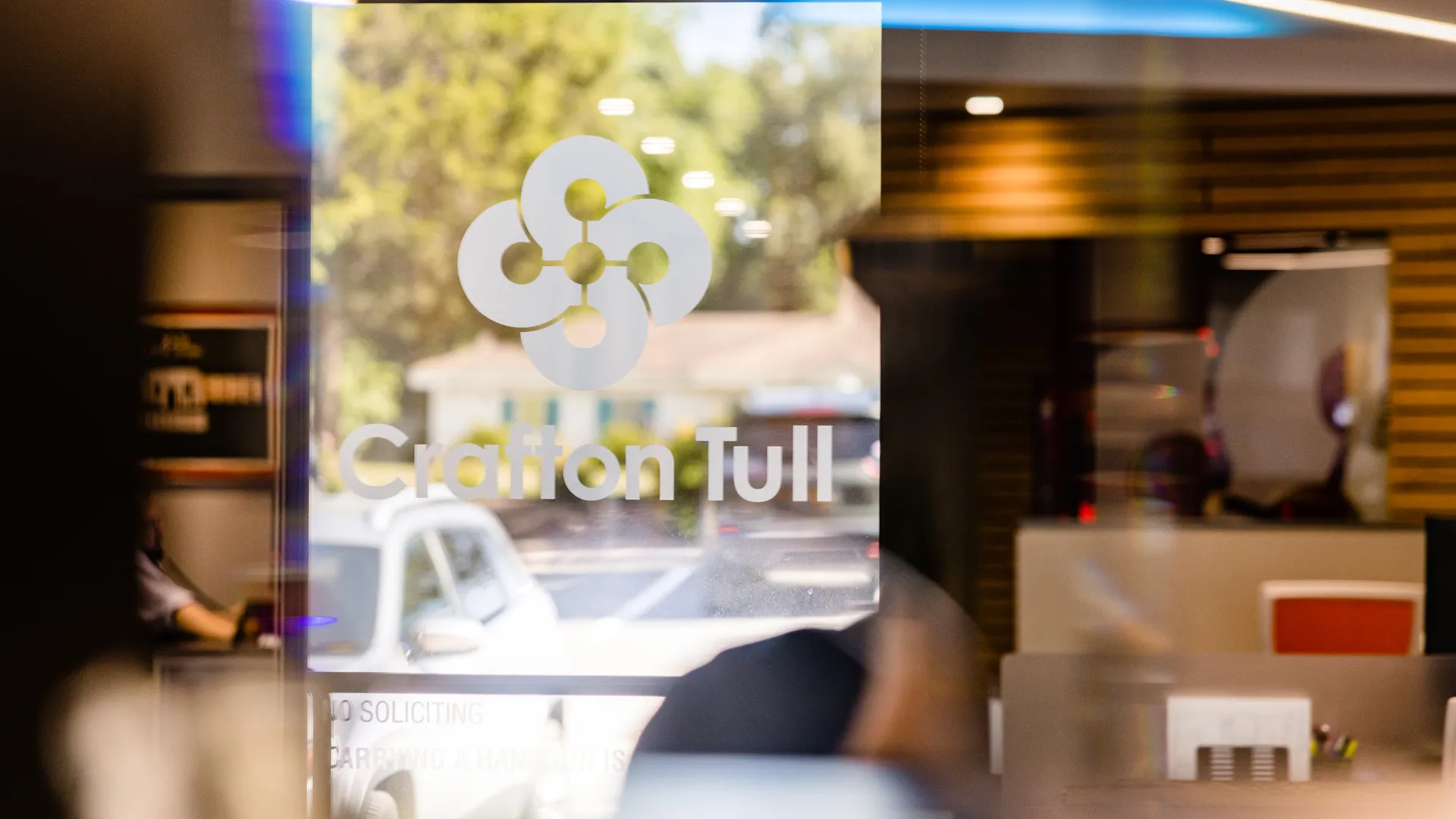01
02
Changing the Way People Think About Active Transportation

Ryan Hale
Founder + Vice President - LaneshiftWhile it is no secret that walkable and bikeable communities enjoy a higher quality of life and stronger economic development opportunities, many city leaders struggle with knowing where to begin. Active transportation networks can seem like an amenity that is nice to have but ultimately feel unrealistic for some communities. City leaders often ask me, “Is this even possible in our town?” The short answer is yes.
I learned the power of practice early in my football career at the University of Arkansas. Like any team, we would watch film and review game plans in a classroom setting. It was an essential part of our success. However, it was no substitute for getting on the field and practicing together. The most impactful learning happened after we put on a helmet and pads and practiced at full speed. The importance of hands-on learning has stuck with me throughout my life and is especially relevant in my role leading Laneshift as an educator and facilitator.
At Laneshift, we host active transportation educational workshops built on the idea that the best way to learn is by doing. Our flagship program is called the Active Transportation Academy. It is a four-day professional development course that puts mayors, city engineers, city planners and other industry professionals on e-bikes so they can experience firsthand what it feels like to move around a city on a bicycle. We evaluate safety, comfort and motorist behavior in real time on two wheels. Through our work, one of the most powerful lessons we have learned is that if you can change the way people think, you can change the way people make decisions.
We have seen various city leaders experience an “aha” moment while participating in our educational programs. Through hands-on learning, they start to understand how harnessing a community’s culture — its behaviors and values — is both a powerful and necessary force for change.
“The academy completely transformed my perception of active transportation and how I interact with not only the physical spaces themselves but the people who are in positions to make positive impacts,” said Jennifer Grisson, former director of Fort Worth Bike Sharing.

No matter a city’s size, current budget limitations or political environment, there are steps any community can take to make active transportation more viable. The very first step to creating a connected community is learning and understanding the necessary ingredients. At Laneshift, we believe the ingredients of connected communities fall under two categories: infrastructure and culture.
We created the Connected Community Model to spell out these two components. Infrastructure is our built environment: We need our active transportation infrastructure to be safe, comfortable and connected. Culture is our behavior and values: We need our culture surrounding active transportation to be welcoming, accessible and encouraging. The marriage of infrastructure and culture is our recipe for creating a connected community.
For a city looking to embrace active transportation, creating a citywide bicycle and pedestrian master plan, researching available grants or even improving a crosswalk are all worthwhile endeavors. While these projects focus primarily on infrastructure and how to build it, there are equally important culture-building initiatives a city should also consider.
The city of Benton started a Ride with the Mayor event in which the public is encouraged to go on a leisurely ride through the city with Mayor Tom Farmer. The Square 2 Square bike ride from Bentonville to Fayetteville saw nearly 2,000 riders this spring and is open to users of all ages and abilities. Frequent pit stop locations along the route are filled with families and encourage riders to take it easy and enjoy the ride. Some school districts embrace Bike to School Week and provide adult-supervised group rides called Bike Trains to encourage independence and confidence among student riders.
At Laneshift, we are fortunate to host community leaders from across the country in our educational programs. Our participants often come away from our sessions with new determination and a new mindset on how they can apply what they learned in their own community. We often witness the very beginnings of a cultural shift happening at the personal level.
“The academy was an experience I could never compare to any other learning experience I have ever had,” said Gentry Mayor Kevin Johnston. “From the Laneshift team and their industry partners to the on-the-ground, see-it-for-yourself exposures, I returned to my community with a better understanding of how to see active transportation from many different angles.”

